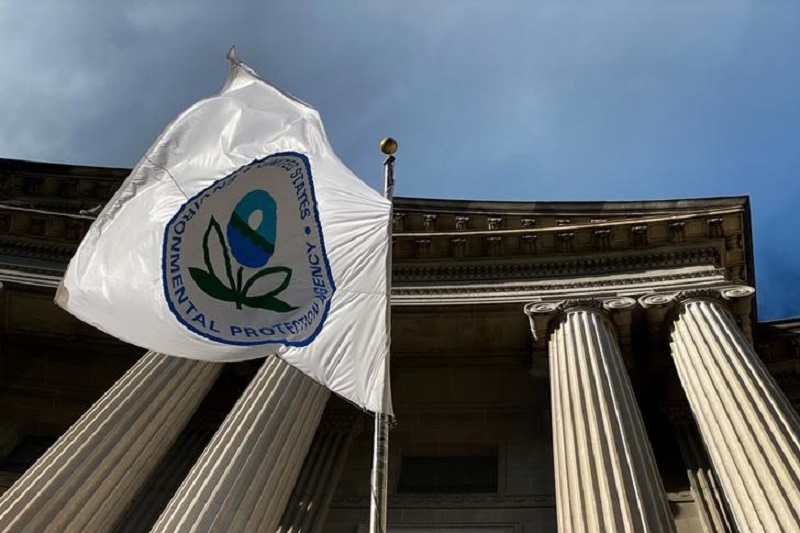(Reuters) - The U.S. Environmental Protection Agency said on Monday it will require power plants in a dozen states to cut their smog emissions starting this year as part of an effort to help areas of the country that are downwind of polluting industry.
The move to finalize previously proposed changes to the U.S. Cross-State Air Pollution Rule is among the first actions by the EPA under its new administrator, Michael Regan, who was confirmed by the Senate last week and is expected to play a central role in President Joe Biden’s push to crack down on polluters and fight climate change.
The EPA estimated the changes to the pollution rule would reduce emissions by 17,000 tons beginning in 2021, reducing asthma attacks, emergency room visits and premature deaths. The agency first proposed the changes late last year under the Trump administration after a court in 2019 found that the EPA had been failing to protect some states from significant upwind pollution.
“The action we are taking today will not only help states meet their clean air obligations, but, more importantly, deliver cleaner, healthier air to millions of Americans starting this summer,” Regan said in a press release
Under the action, power plants in Illinois, Indiana, Kentucky, Louisiana, Maryland, Michigan, New Jersey, New York, Ohio, Pennsylvania, Virginia and West Virginia will have to cut smog-forming nitrous oxide emissions starting this summer by ramping up their use of existing pollution-control equipment.
Plants often switch off pollution controls for financial reasons.
Further reductions in emissions from the plants could come from upgrading or installing new equipment, the EPA said.

“The public health and climate benefits are valued annually, on average, at up to $2.8 billion each year over the period 2021 to 2040,” the agency said.
